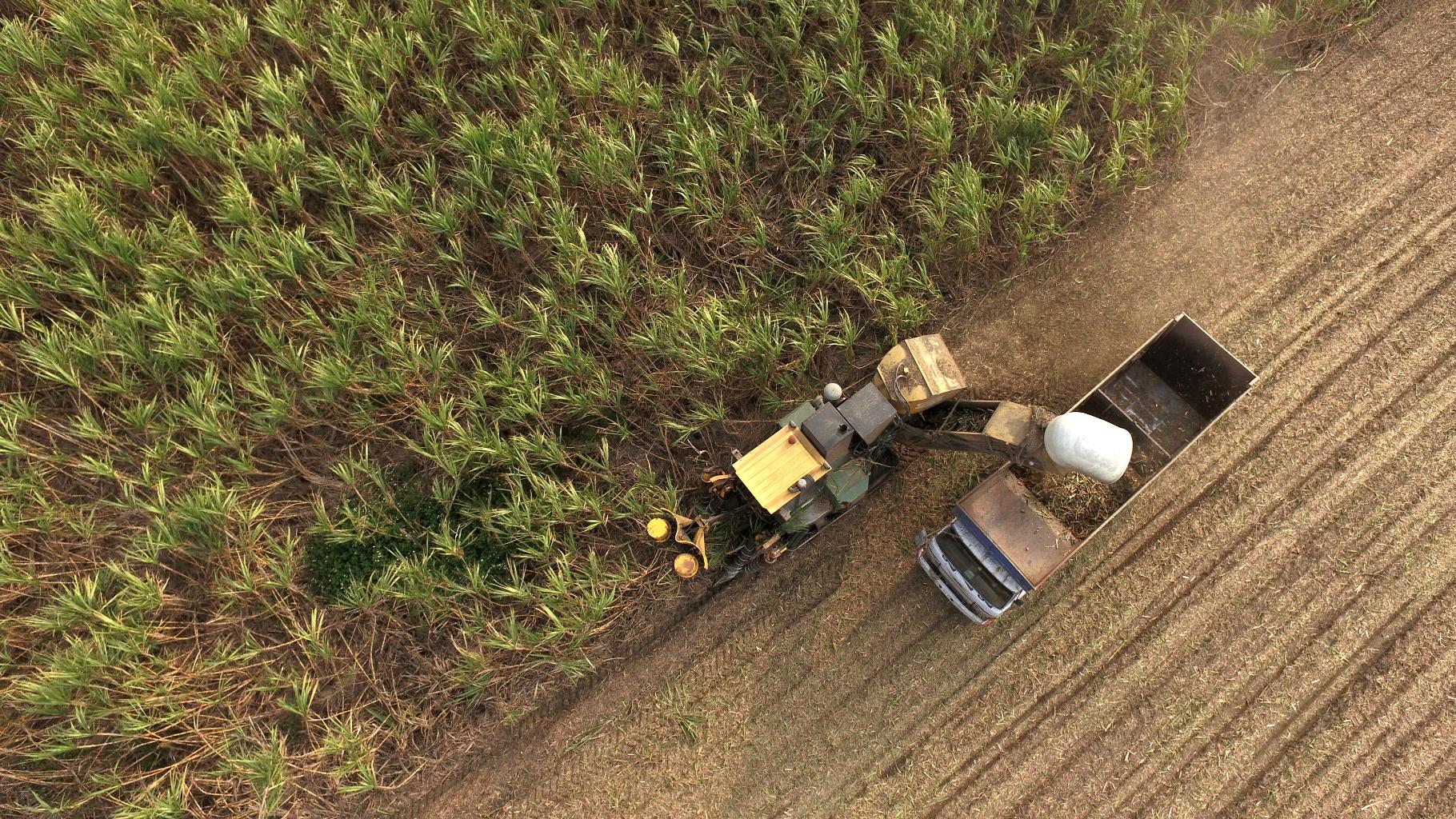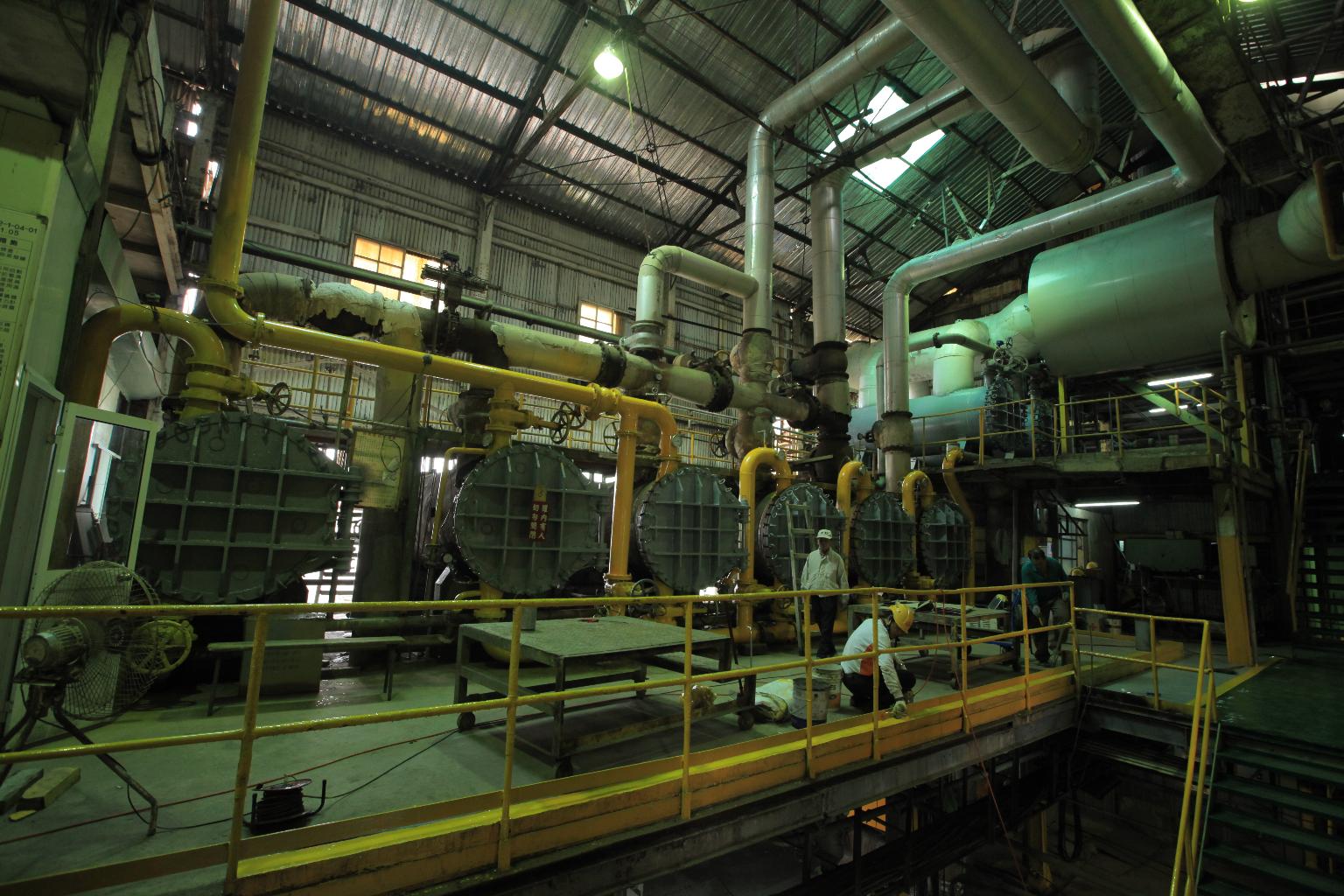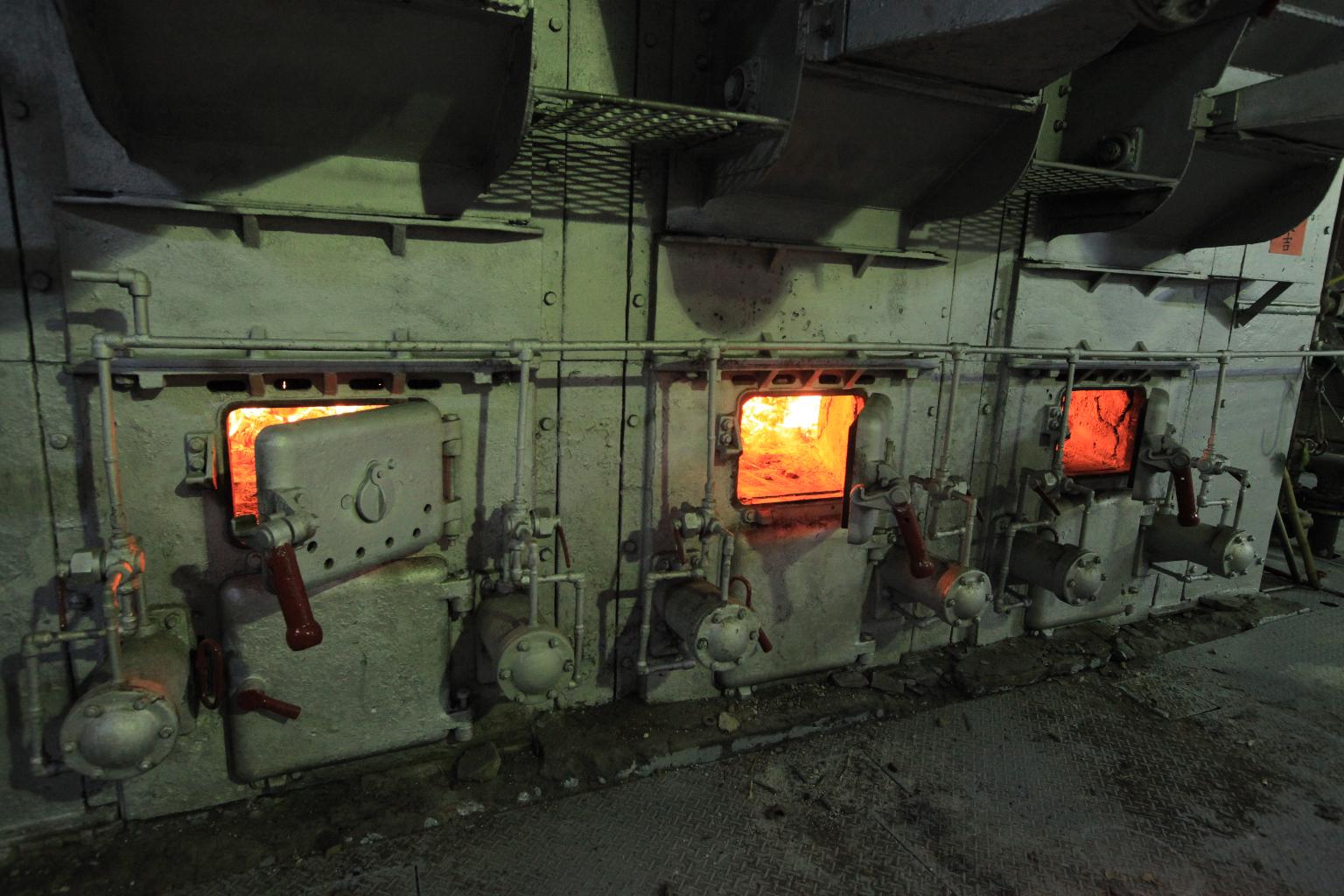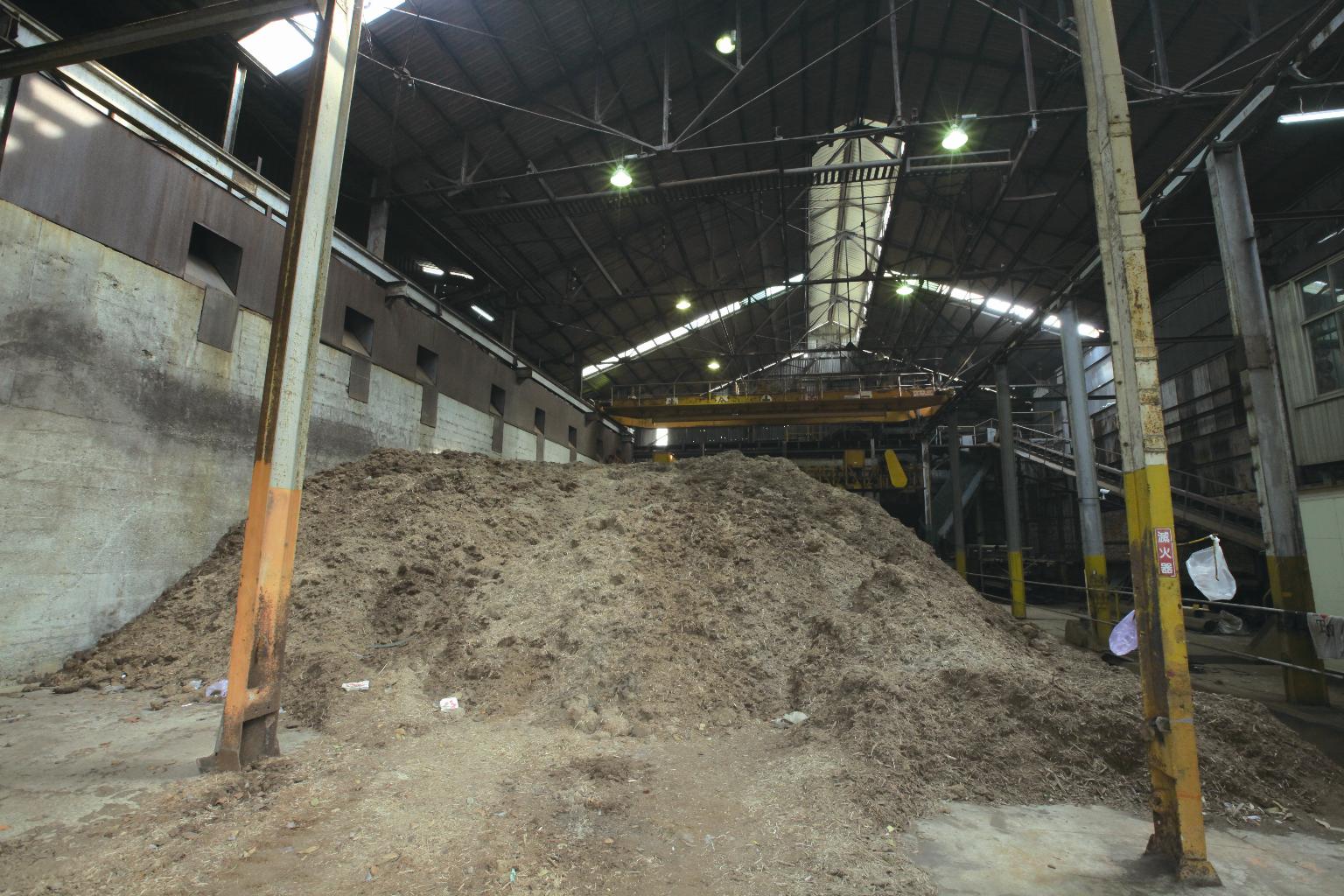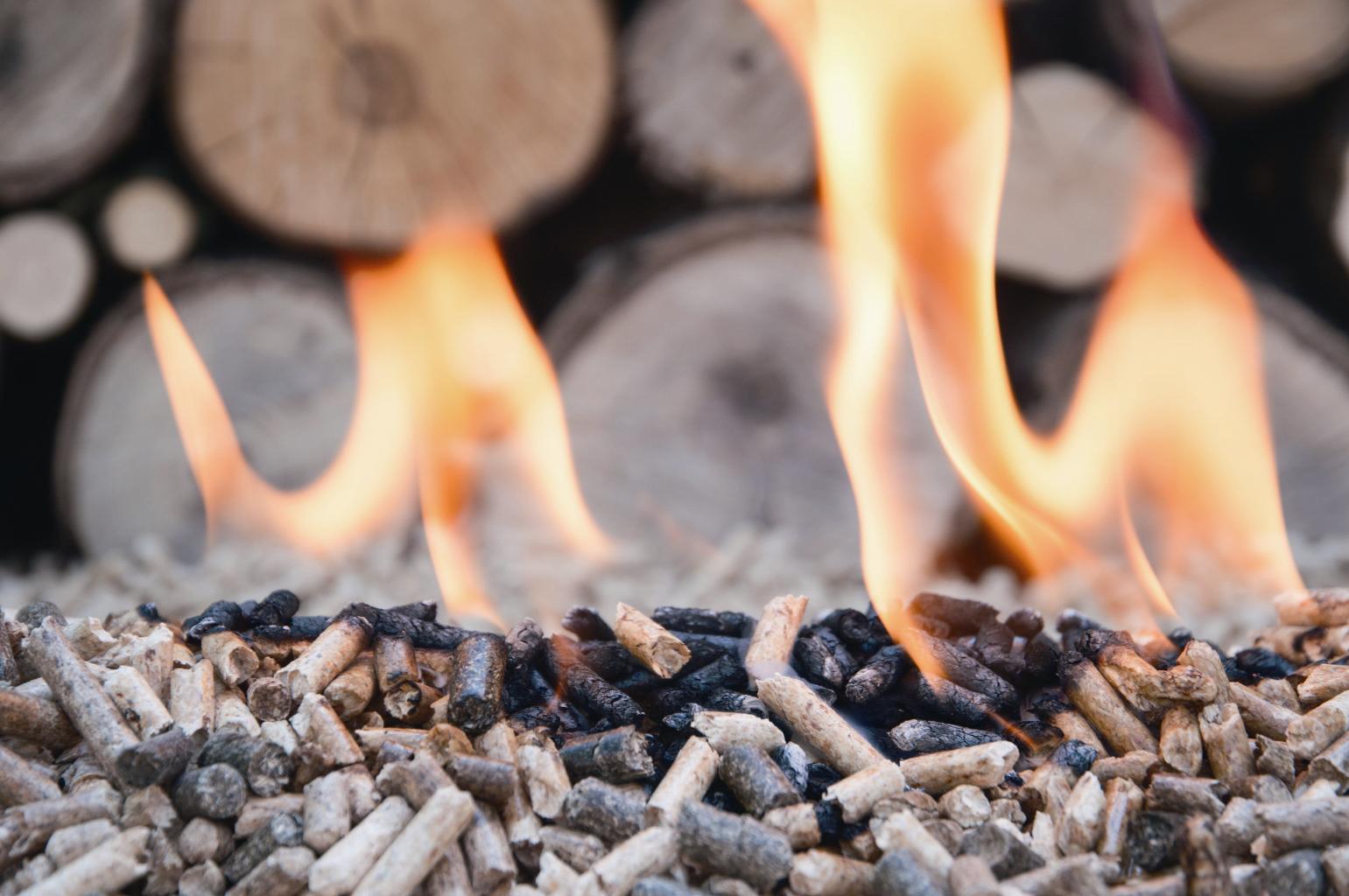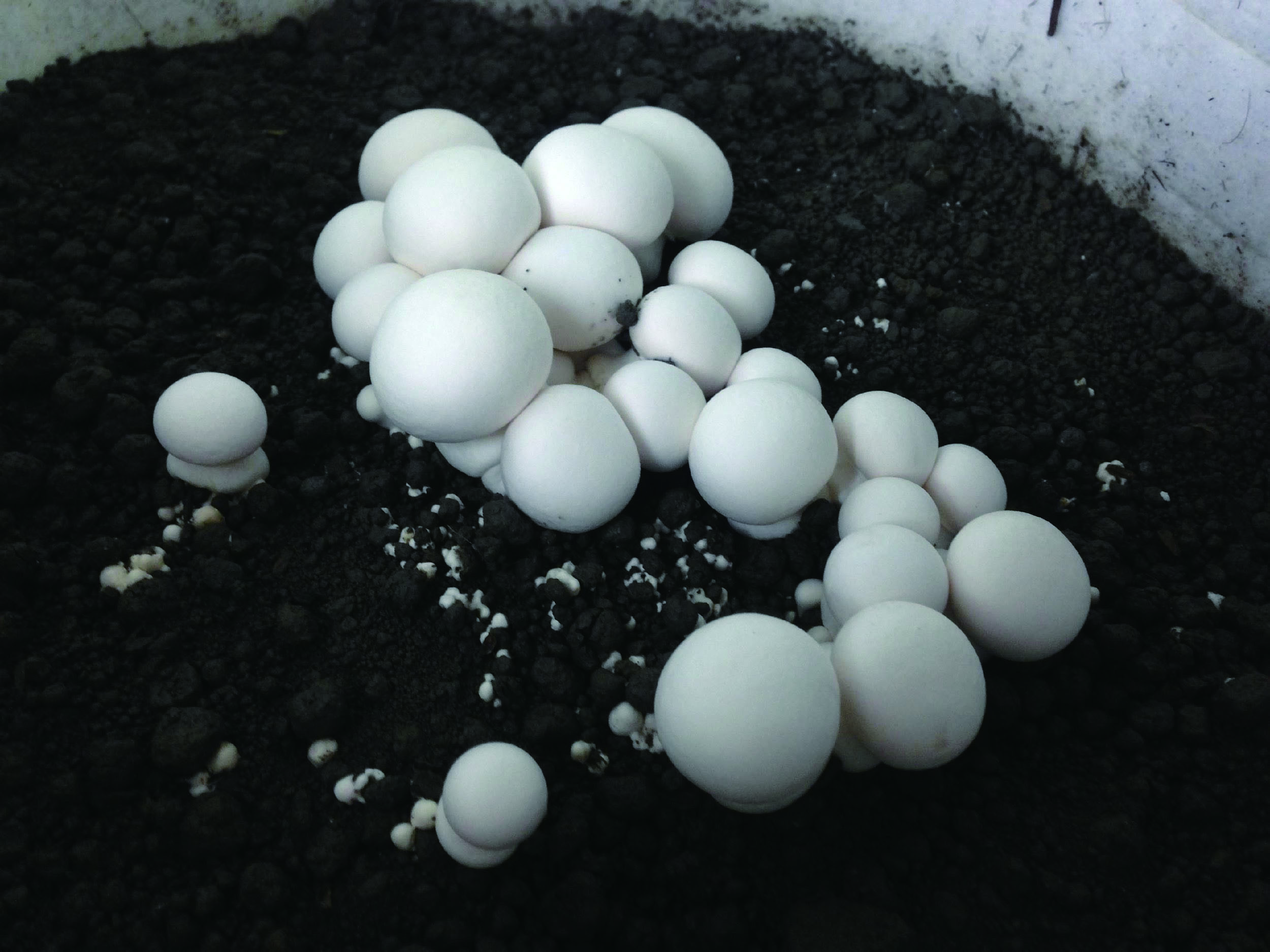Background and Goals
- Taiwan's sugar industry, with a century of history, has undergone numerous transformations and adaptations due to the fluctuating global sugar prices. Currently, only two sugar mills and one sugar refinery remain in operation domestically. However, the industry remains committed to core values of sustainable development and social responsibility. Through innovative processes like product value-addition, renewable energy, and water resource reuse, we strive to maximize value from every resource, minimizing environmental impact. This approach creates high added value for the comprehensive utilization of sugarcane, advancing the goals of sustainable sugar development and fostering a win-win situation for downstream customers.
- Due to increasing competition in obtaining raw materials, rising costs associated with waste management, and stricter boiler exhaust emission standards, we aim to redesign our products and processes. This will enable resource value-addition and reuse within the sugar production process, ultimately achieving zero pollution, zero emissions, and zero waste. Our goal is to become a model for circular economy in the sugar industry.
Implementation Progress
- Through a resource inventory analysis of the material flow in the sugar production process, we identify areas where resources are not fully utilized or where existing utilization methods need improvement. This analysis enables us to redesign efficient new processes and high-quality new products from the source.
- By hosting various new technology development trend forums, we provide a platform for exchanging expertise from both domestic and international professionals. This fosters a deeper understanding of the importance of a circular economy within the sugar industry among our employees.
- We actively develop various advanced new technologies to validate the feasibility of integrating different resources and processes. This ultimately leads to the establishment of a comprehensive new model for the full utilization of sugarcane.
- We have installed a high-quality syrup production line at the Huwei sugar mill, offering diverse, customized flavors such as black sugar syrup, brown sugar syrup, and sugarcane syrup. This initiative provides a range of flavored syrups to the market, enhancing the value-added utilization of the sugar production cycle.
- Bagasse, previously considered agricultural waste, undergoes a semi-decomposition process and is supplied to mushroom farmers to create mushroom cultivation bags, effectively extending the resource life cycle and transforming waste into valuable material.
Future Development
- Leveraging our rich biomass resources, we will utilize existing sugar mill waste (such as bagasse, filter cake) to actively cooperate with government initiatives in developing bioenergy technologies, ultimately achieving a net-zero carbon footprint and promoting sustainable environmental practices.
- We will comprehensively analyze data related to sugarcane and sugar production processes, including water consumption, energy usage, and greenhouse gas emissions. This information will address the need for product carbon footprint analysis from our downstream supply chain customers, allowing us to work together towards a net-zero carbon future.
- The domestic sweetener market is no longer solely focused on the use of single sugarcane solid sugar. It is gradually shifting toward a mixed approach of solid and liquid sugar products. To address this changing consumer demand, we need to adjust our sugar production lines in response to factors like product differentiation, operational convenience, and transportation efficiency.
- In alignment with the government's 2050 net-zero transformation roadmap, we will conduct research and trials related to carbon capture and utilization (BECCU) from sugarcane boiler flue gas at our sugar mills from 2023 to 2025.
- In response to the government's 2050 net-zero emissions policy, we are actively promoting "Natural Carbon Sink," one of the 12 key strategies for net-zero transformation. On December 5, 2023, "World Soil Day," we announced our participation in the "Small Farmer Carbon Sequestration" project, an initiative launched by the Green Consumer Foundation and Tiandi Heqi Co., Ltd. Through environmentally friendly farming practices and a circular economy approach, we return organic materials like filter cake and bagasse from the sugar mill to sugarcane fields. This enhances soil fertility and increases the accumulation of long-term soil organic carbon (soil carbon sink), contributing to the goals of achieving carbon neutrality and net-zero in sugarcane fields.
Implementation Benefits
- The development of high-value sugar products, the promotion of bagasse as a substitute medium for mushroom cultivation, and the evaluation of bagasse gasification technology not only increase company revenue and create added value but also achieve the goal of resource recycling.
- Currently, sugar mill waste such as bagasse, filter cake, ash, and molasses are contributing to an increase in sugar mill revenue of approximately NT$113 million per year through circular utilization and value-addition in the sugar industry.
- Currently, 70% of bagasse is burned as fuel for CHP, generating electricity for use during the sugar production season at the sugar mill. Huwei Sugar Factory's combined heat and power (CHP) facility passed the "Biomass Power Generation System" renewable energy equipment verification in June 2024, with an approved power generation capacity of 8.8 million kWh (Shanhua Sugar Factory's application is pending). For every 1,000 kWh of electricity generated, one Renewable Energy Certificate (REC) can be applied for. It is estimated that Huwei Sugar Factory can generate approximately 8,800 biomass energy RECs in 2025. Since Huwei Sugar Factory owns and operates the power generation equipment, these RECs are unbundled and can be sold through a trading platform or by contract to companies seeking environmental benefits (such as those in banking, technology, and biotechnology) to claim 100% renewable energy use (RE100) and enhance their corporate image and ESG ratings.
- Sugarcane contains 70% water, which is recovered through evaporation during the sugar production process and can provide a portion of the sugar mill's water supply. This reduces the consumption of groundwater by about 92% during the sugar production season.
Collaboration Partners and Opportunities
- Contract farming of organic sugarcane or traceable sugarcane.
- Target: Farmers interested in eco-friendly sugarcane cultivation, either landowners or lessees of land from TSC (young farmers are welcome).
- Cooperation project: Planting of organic or traceable sugarcane with a guaranteed purchase price specified in the contract.
- Recycling of bagasse medium for mushroom.
- Target: Mushroom farmers who use cultivation bags and composting companies.
- Cooperation project: Value-added utilization of semi-fermented bagasse recycling.
- Value-added utilization of bagasse RDF-5 (Refuse Derived Fuel-5).
- Target: Gasifier equipment manufacturers, heat and energy producers, biomass pellet manufacturers, and agricultural waste power generation companies.
- Cooperation project: Planning for waste heat re-utilization from the sugar mill and bagasse energy.
- Adding value to sugarcane tops.
- Target: Livestock farmers, forage suppliers.
- Cooperation project: Value-added recycling of sugarcane tops.

